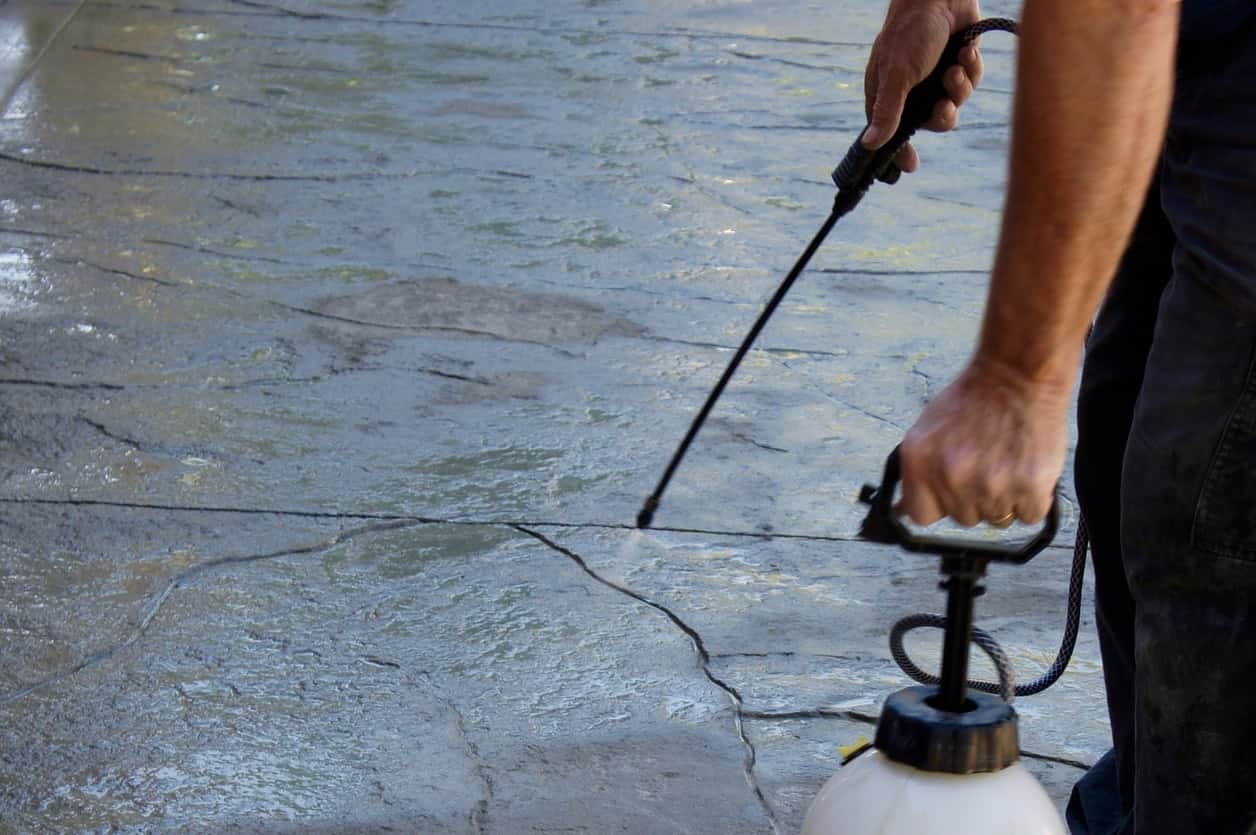If you own a home or a building, it is almost a certainty that you have used concrete in the construction. Concrete is the most common man-made material on Earth, as well as being one of the strongest. Without concrete, there would be no foundations for buildings, no bridges, no sidewalks, to name just a few of the inconveniences. However, we often do not take the appropriate steps and measures to protect our concrete investments for the long term.
While concrete is strong and durable, it is a fallacy to believe that it needs no protection. In fact, without proper protection, concrete will not even be that strong or that durable. Just look at cracked sidewalks, crumbling bridges, and leaky foundations if you need further proof. Concrete can degrade due to the elements, wear, or really any number of reasons. While it has the potential to last for tens of thousands of years (theoretically), it can degrade over the course of a decade if the proper care isn’t taken.
The most cost effective way to protect concrete is to use a concrete sealer as soon as the concrete has finished curing. Without a concrete sealer, the concrete will be vulnerable to damage that could cost incredible amounts of money to repair – as many home and building owners have found out the hard way, it is a lot cheaper and easier to just prevent the damage by using a concrete sealer. Even if you move into a home or acquire a building that has not ever been sealed, it is not too late.
Concrete sealers come in a variety of types. Topical sealers like acrylics are excellent choices for decorative concrete to enhance the color, add a high gloss shine, or matte finish while protecting from sun, rain, mold and mildew. There are other surface sealers, like epoxies, urethanes, and polyaspartics, that should be used for high traffic/high chemical risk concrete surfaces that are found in places like industrial warehouses, retail stores, and even airports. There are penetrating sealers, like silicates that chemically react to densify and increase the concrete’s strength and penetrating waterproofers that create a hydrophobic barrier to prevent moisture and vapor transmission.

